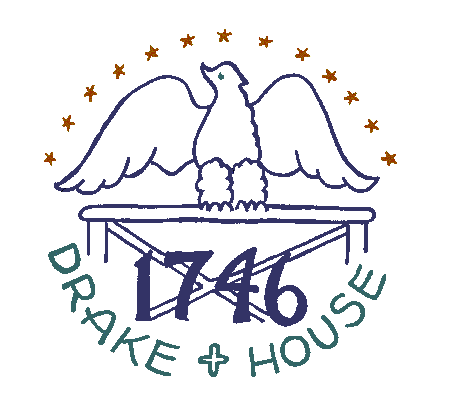 |
|||||||||||||||||
|
|
|||||||||||||||||
|
|
|||||||||||||||||
 |
||||
THE YEAR 1870 brought Scott a commission from his native state to render a scene from the Civil War showing the Vermont troops in action. The commission seemed to give Scott license
to render the scene of his choice, so he immediately began research on the dramatic action in the Cornfield at the September 1862 Battle of Antietam, Maryland. At a reunion in Rutland, Vermont, early in 1871,
however, Vermont's erstwhile Union officers drew up a formal resolution for presentation to the governor. It asked that the memorial depict the battle that employed the largest number of Vermont regiments, the
October 1864 Battle of Cedar Creek, in Virginia's Shenandoah Valley. Unfamiliar with the terrain of the Cedar Creek site, Scott made arrangements to explore the area. The governor of Vermont traveled with Scott
to the battlefield along with Colonel Aldace F. Walker, special consultant for the memorial project. Scott's research did not end with the trip to Virginia, however. Vermont officers and enlisted men who had
fought there had to be interviewed. Portraits of those involved were required. Over 200 preliminary drawings were done. Then Scott began planning the painting itself, ultimately deciding the work would
have to be 10 feet by 20 feet. No one in America manufactured canvas that large at the time, so the artist had to send to Europe for special linen canvas. When Scott prepared to start work on the painting, he
found it was too large for his studio in New York City. The project's coordinators arranged for a studio up the Hudson River at West Point, and Scott began painting. There was great public interest in the
picture, and the newspapers closely followed the work's progress. Lieutenant General Philip H. Sheridan and former Major General McClellan visited the studio, along with Secretary of War William W. Belknap; all
three men had positive remarks about the painting for reporters. Although not pictured, Sheridan had a personal interest in the work. He had been responsible for reforming collapsing Union forces at Cedar
Creek and leading them in a final charge that resulted in a pivotal Union victory. Fully three years after obtaining his commission and after spending some $8,500 on the project, Scott arrived with his painting at the
reunion of Vermont troops in Burlington in August 1874. The work was displayed at City Hall, opening to mostly favorable reviews, then traveled to its permanent home in the governor's reception room at the State
House in Montpelier. The state's original contract with Scott was for $5,000, but because that sum was clearly inadequate for the work that was delivered, additional funds were proposed in the legislature. After
much huff and blowing, an additional $4,000 was appropriated in November 1874, netting the artist a mere $500 after expenses. In 1870, as he was about to begin research for his painting of Cedar Creek, Scott married
the daughter of the New York Post's proprietor – a union that could only provide a catalyst for his fledgling career by ensuring his name was in print regularly. The same year, he was accepted as an associate
member of the National Academy of Design, an honor that signified acceptance into the established body of significant American artists. His wife gave birth to a daughter, Bessie, a year later, and Scott's life
seemed full of promise. He showed his works with well-known artists of the day, among them Winslow Homer, E. Wood Perry, William Page and Homer D. Martin. Moving from New York City to the quieter town of
Plainfield, New Jersey, in 1875, Scott set up a studio on West Front street. With the coming of the centennial of the Declaration of Independence, Scott focused his talents on commemorating the generation that had
fought for freedom from British rule. "Jersey Minute Men." "March Of The Prisoners From Saratoga On Their Way to Boston," and "On Guard, 1776." Were the works of a veteran who
understood the value of his forebears sacrifices. Over the next 15 years, Scott returned tot he Civil War for his artistic inspiration. He relished portraying untested recruits on guard duty and spooked by the
rustling of dry leaves, men lounging around a tent waiting for their coffee to boil, and drummer boys playing cards. To Scott, war was never something to glamorize, and the sentimental representations in vogue in
his day were an affront to his sensibilities. As the years passed, the domestic tranquility of Plainfield began to wear thin for Scott, a restless man and an adventurer by nature. In 1890, he received a
commission from President Benjamin Harrison to report on the condition of the Indians of the American Southwest during the 11th census survey. For the next three years, Scott traveled extensively throughout the
West, studying the Commanche, Navajo, Wichita, Kiowa and Pueblo Indians. Filling the dual role of writer and artist, he was responsible for 80 percent of the illustrations that appeared in the census report and
for a subsequent extra census bulletin. |
||||
Contents of any advertisements associated with this page are NOT endorsed in any way by |
||||